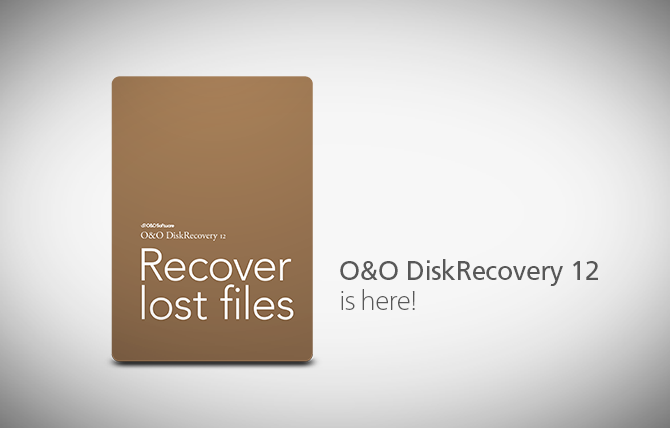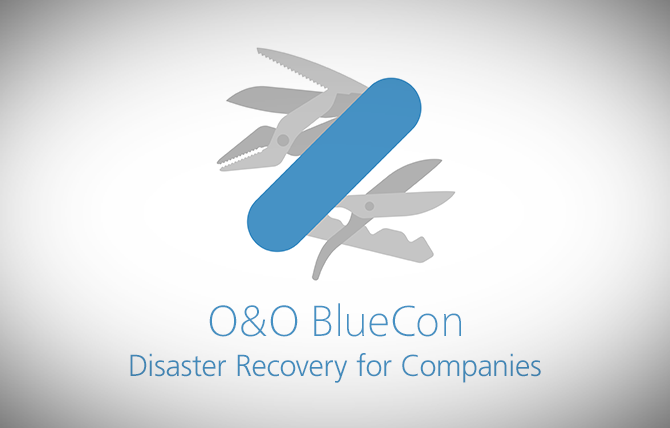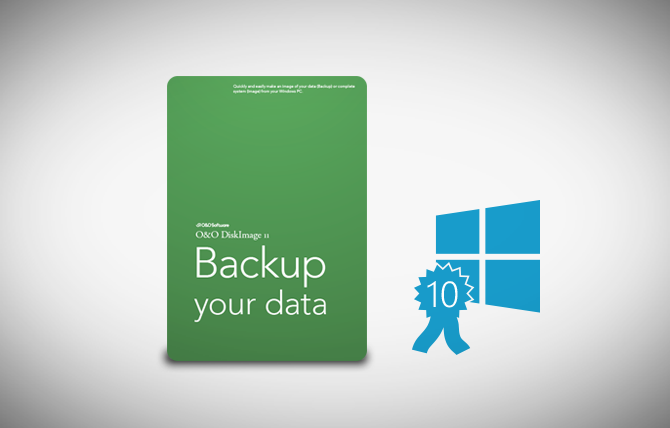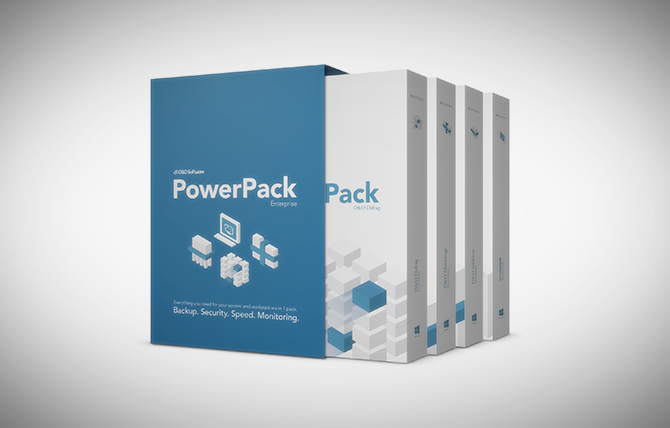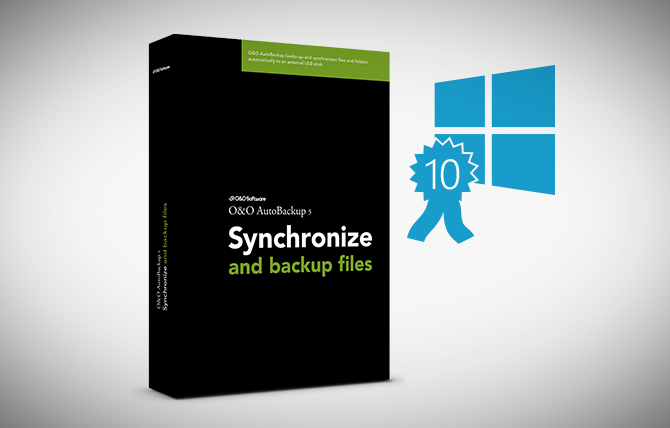O&O MediaRecovery 12 – Recover Lost Photos, Videos and Music Files!
O&O MediaRecovery recovers data from removable drives such as MP3 players, digital cameras, memory cards (e.g., SD, MMC, xD as well others), hard disks, and, of course, most mobile devices such as Tablets or Smartphones. Read more…

